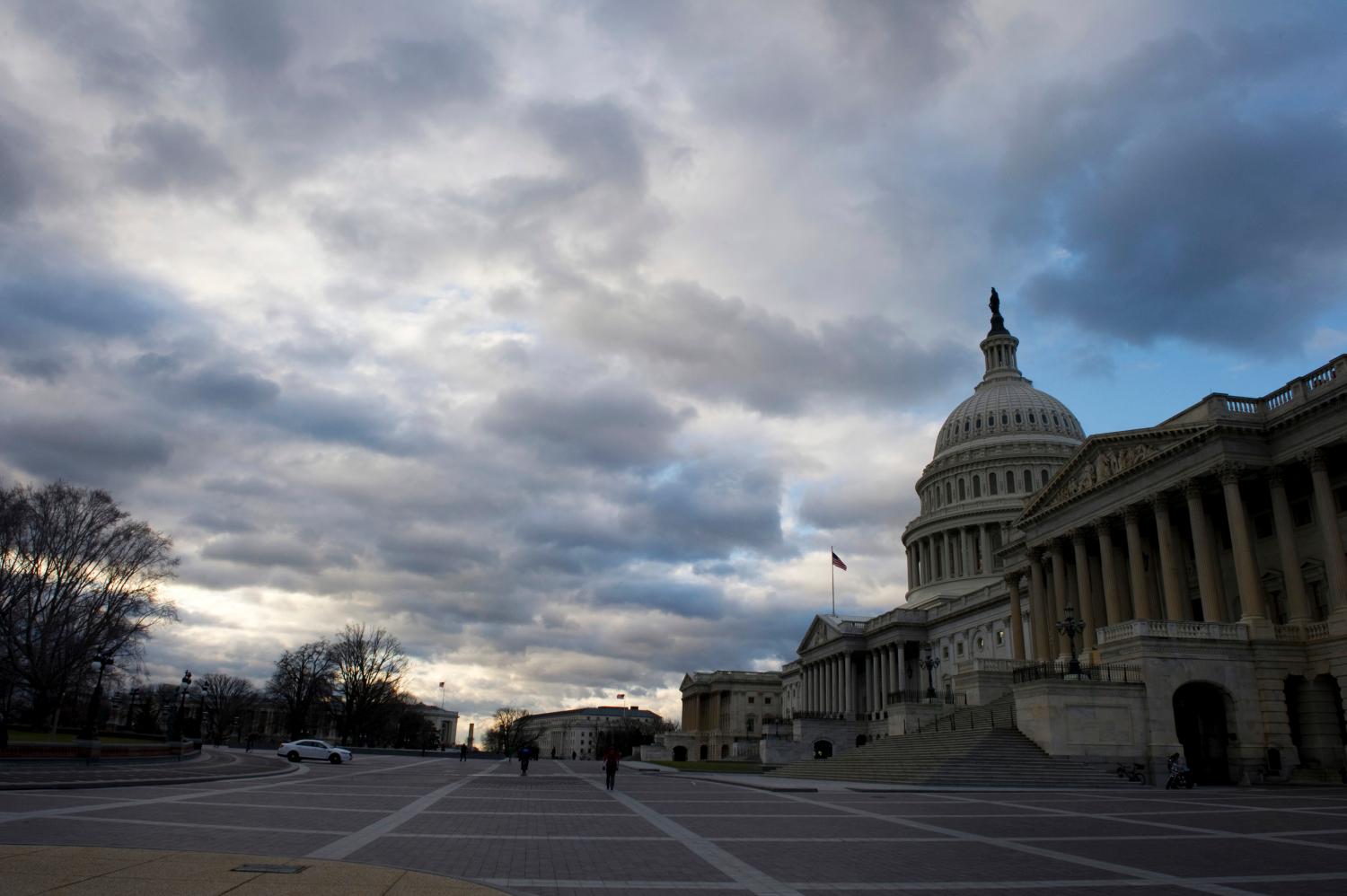The United States spends more on health care than any other nation. In 2003, medical spending made up more than 15 percent of U.S. GDP, and if historical trends persist, this share will climb to more than one-third of GDP by 2040. With medical technology advancing at an ever-increasing rate, the potential for spending on procedures not worth their costs is growing. But there are few good ideas for reining in medical costs without hurting patients.
One approach, used in Britain for many years, is rationing. This brief examines many of the issues involved with rationing health care by applying its principles to radiology, using examples from the budgetlimited British health system. There, policymakers and medical providers routinely grapple with two difficult and value-laden questions: How much should be spent on the expensive but life saving technology? And how much should be spent on very costly research to evaluate that investment?
The United States has not had to confront such issues. But as outlays rise, the need for the government, private insurers or employers to set health care spending priorities will intensify. It is time for the United States to begin investing in the knowledge it will need to control growth of health care spending.
Policy Brief #147
Markets operate in a simple way to encourage efficient consumption. Consumers buy things if they are worth more than they cost. The key to efficient market outcomes is that prices reflect costs of production. The market for health care does not operate that way. Once health bills exceed insurance deductibles, patients pay little or nothing for their care, however high the cost and however small the benefit.
Managed care sought to curtail highcost/ low-benefit care—that is, to ration—by various forms of private regulation. It failed principally because consumers’ incentives to seek all beneficial care overwhelmed administered limits managers sought to impose. Other nations have rationed health care for years by setting health care budgets or regulated fees, effectively controlling the numbers of hospitals or the amount of medical equipment, or other devices. None spends nearly as much as the United States does, and many achieve dramatically superior health outcomes, at least as measured by such gross indicators as life expectancy and infant mortality.
If per capita health care spending continues to outpace income growth by the same margins as have prevailed for the past forty years, current projections indicate that total health care spending will claim more than one-third of national output by 2040. The increase in health care spending would absorb half of all economic growth by 2022 and all of it by 2051. Medicare and Medicaid spending as a share of GDP in 2040 would be as large as all income and payroll taxes are today.
View full policy brief — (PDF – 1446KB)
The Brookings Institution is committed to quality, independence, and impact.
We are supported by a diverse array of funders. In line with our values and policies, each Brookings publication represents the sole views of its author(s).




